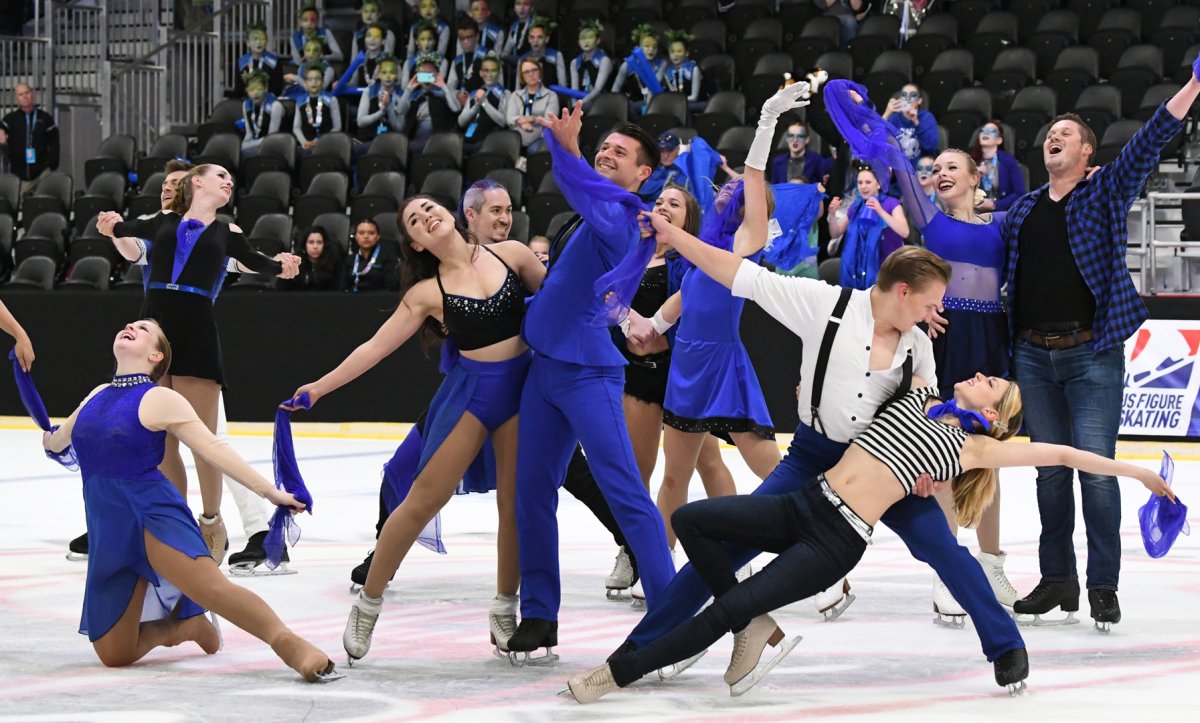Whether you're new to the sport of figure skating or a seasoned veteran pursuing a specific goal, U.S. Figure Skating provides opportunities to engage with other skaters and hone your craft. Skaters can take part in multiple pathways while also participating in the qualifying structure, if they choose to do so. Below, you’ll find an overview of current skating opportunities and links to explore more specific information about each one.
Need to miss school for a U.S. Figure Skating competition or event? Click here to learn how to request an official absence letter from U.S. Figure Skating.

Adaptive Skating
Adaptive skating programs encourage individuals with disabilities to develop independence, confidence and physical fitness through participation in ice skating. Available to skaters of all skill levels, adaptive skating programs also foster a greater sense of community, provide an outlet for creative expression and promote healthy behaviors that transcend the ice rink and provide benefits throughout the skater’s life.
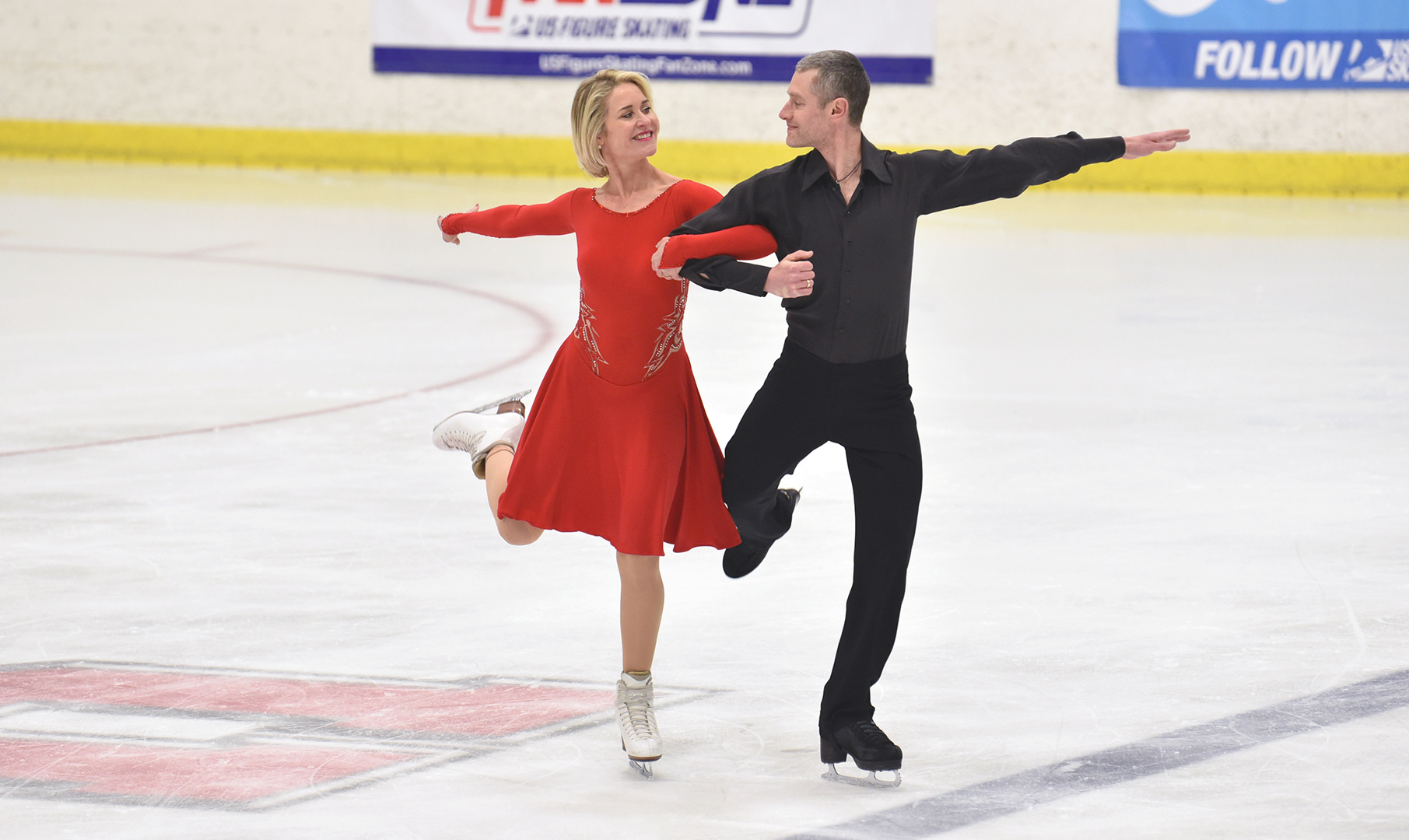
Adult Skating
Whether you're an adult making your first foray into skating or picking up again after previous experience, U.S. Figure Skating’s Adult Skating program provides adults of all skill levels with the opportunity to enjoy and participate in figure skating via Learn to Skate USA, Compete USA, the adult qualifying structure and more.
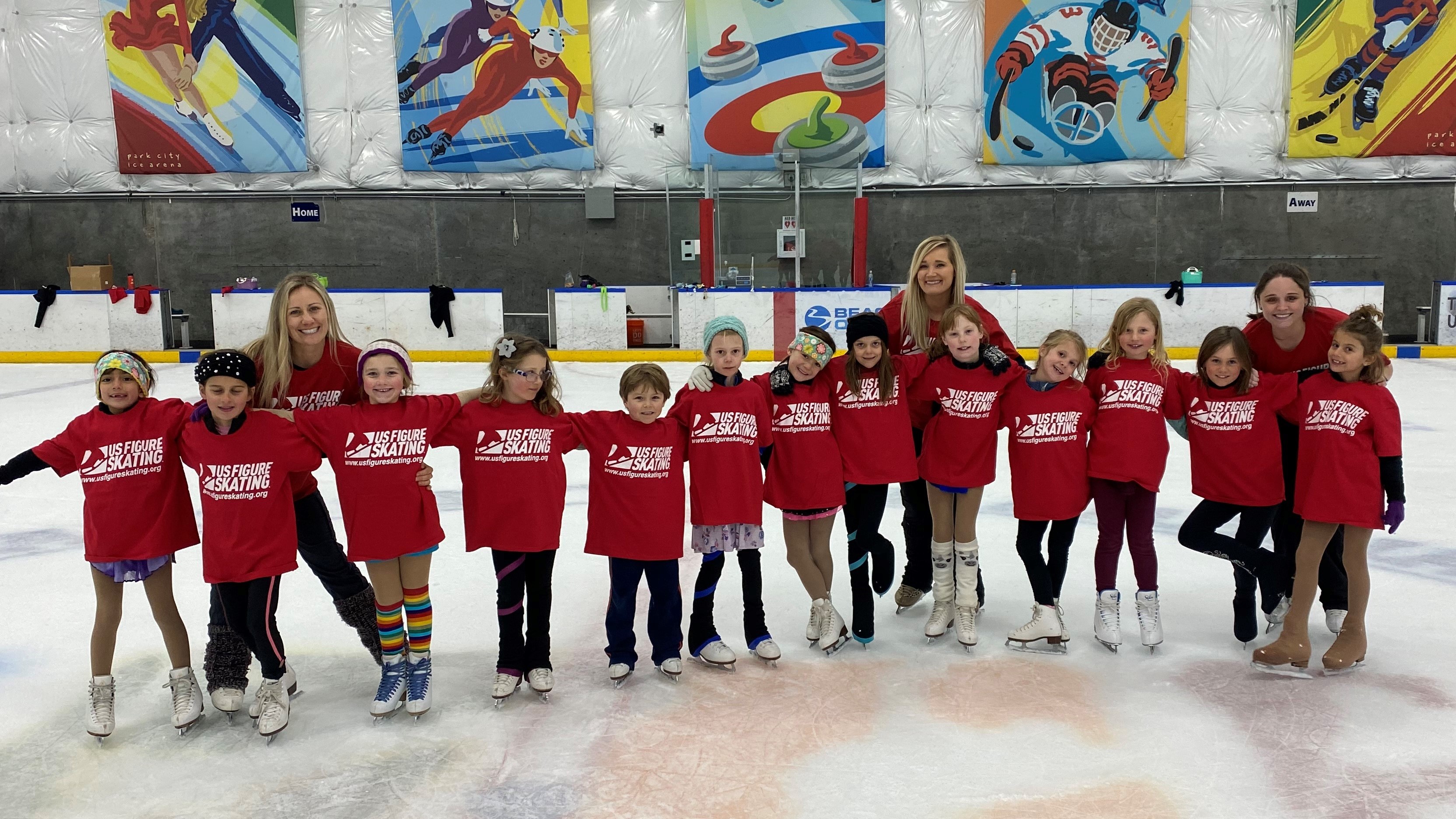
Aspire Program
The U.S. Figure Skating Aspire program is the bridge between learn to skate group classes and U.S. Figure Skating membership. Through the development of athleticism and artistry, skaters build a solid skill foundation that drives success on and off the ice.

Axel Club
Landing your very first Axel is an accomplishment that should be celebrated, and joining the Axel Club recognizes your hard work and dedication toward this achievement.
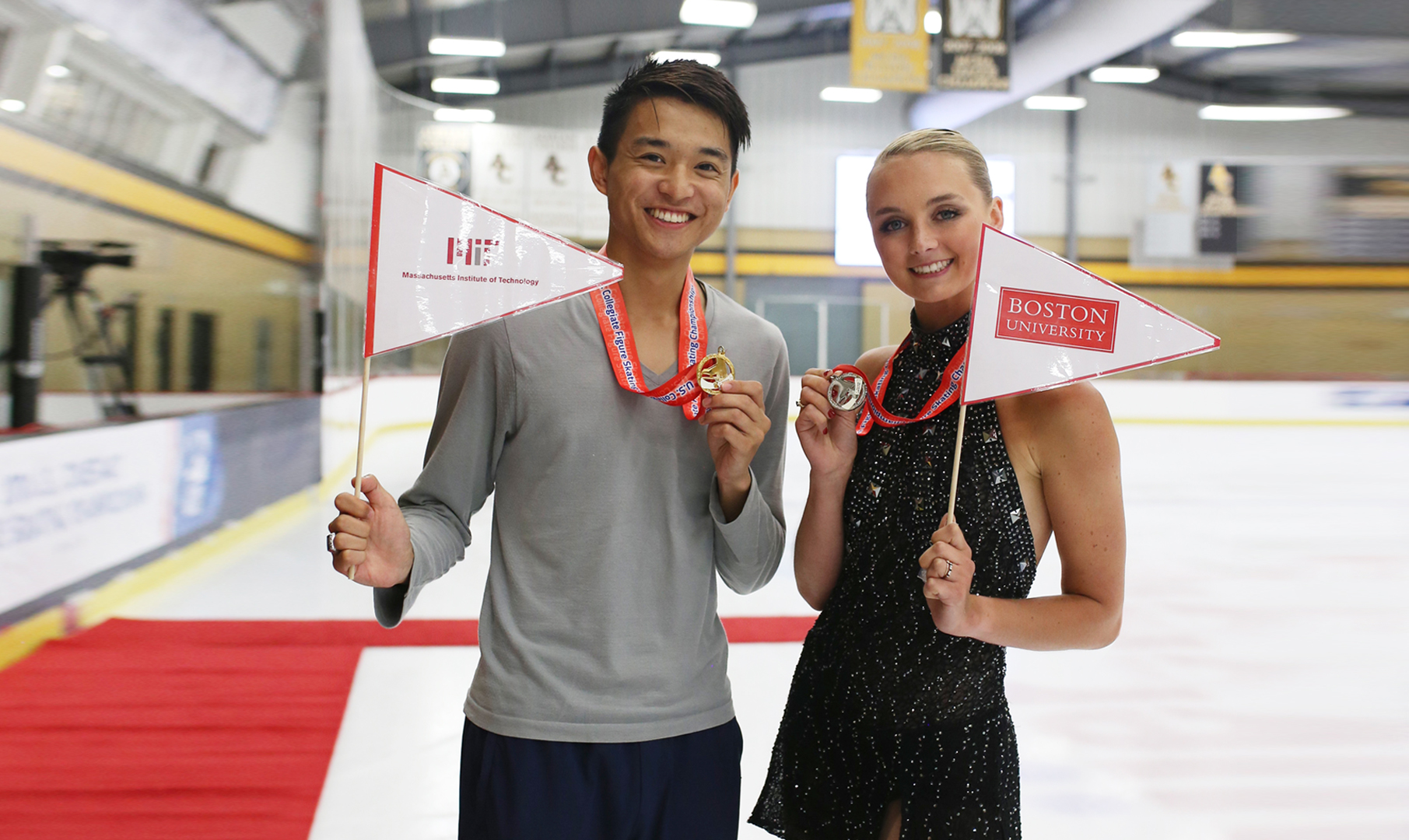
Collegiate Skating
Skating doesn’t end after high school, and U.S. Figure Skating provides collegiate members options, resources and more to help promote the growth of figure skating at the collegiate levels. There are currently more than 75 schools with intercollegiate skating programs and more than 45 synchronized skating teams representing universities across the country.
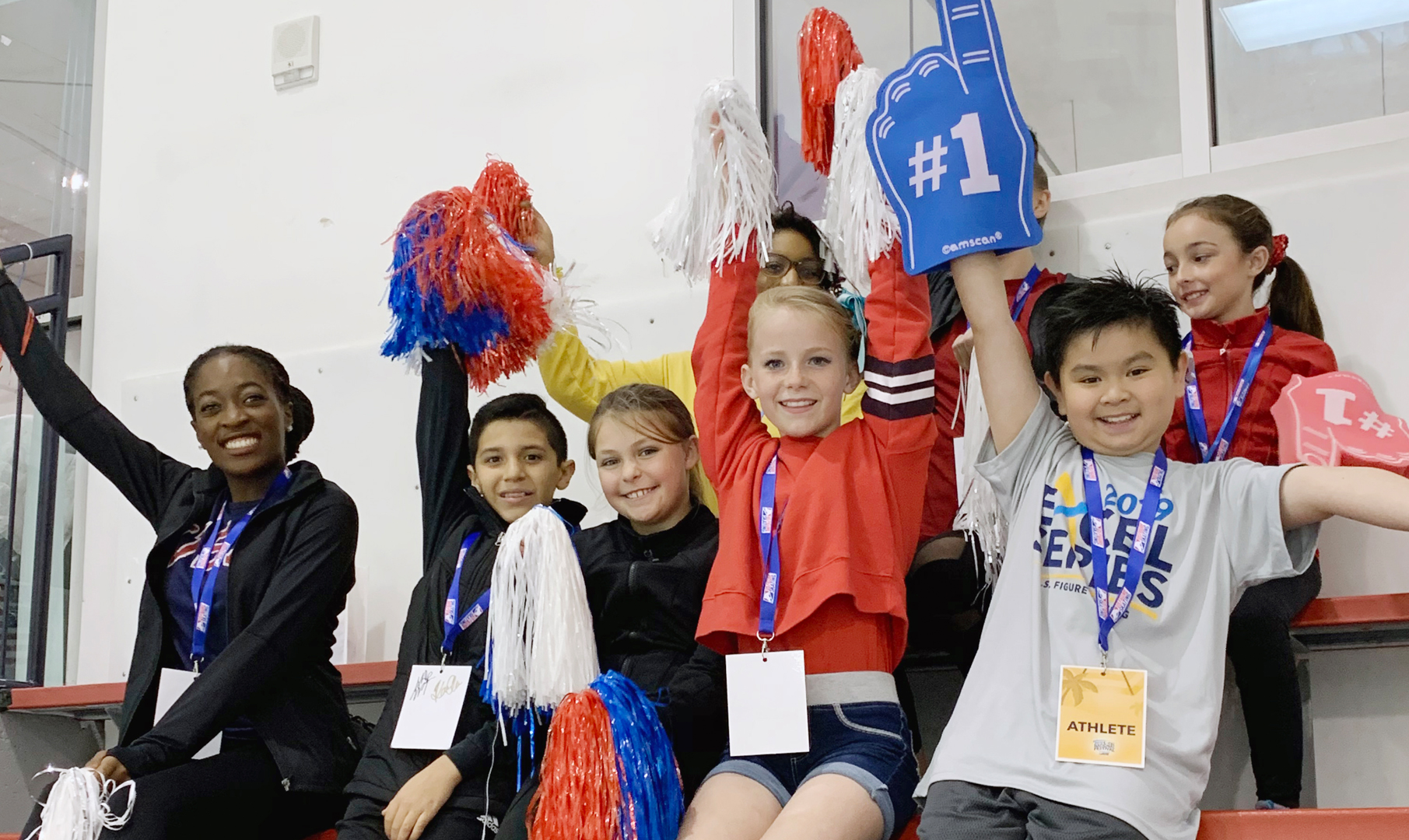
Excel
The purpose of Excel is to offer young athletes an exciting and competitive environment that motivates them to focus on strengthening their program components and advancing their technical skills each season. This program serves as an opportunity for grassroots skaters and coaches to familiarize themselves with the fundamentals of the International Judging System (IJS) through a phased approach, which allows them to become proficient and confident with the IJS.

High School Skating
U.S. Figure Skating provides high school students across the United States with programming and resources to promote academic and athletic achievement. Similar to intercollegiate team skating, U.S. Figure Skating’s high school program offers skaters the opportunity to compete on a team for their high school.
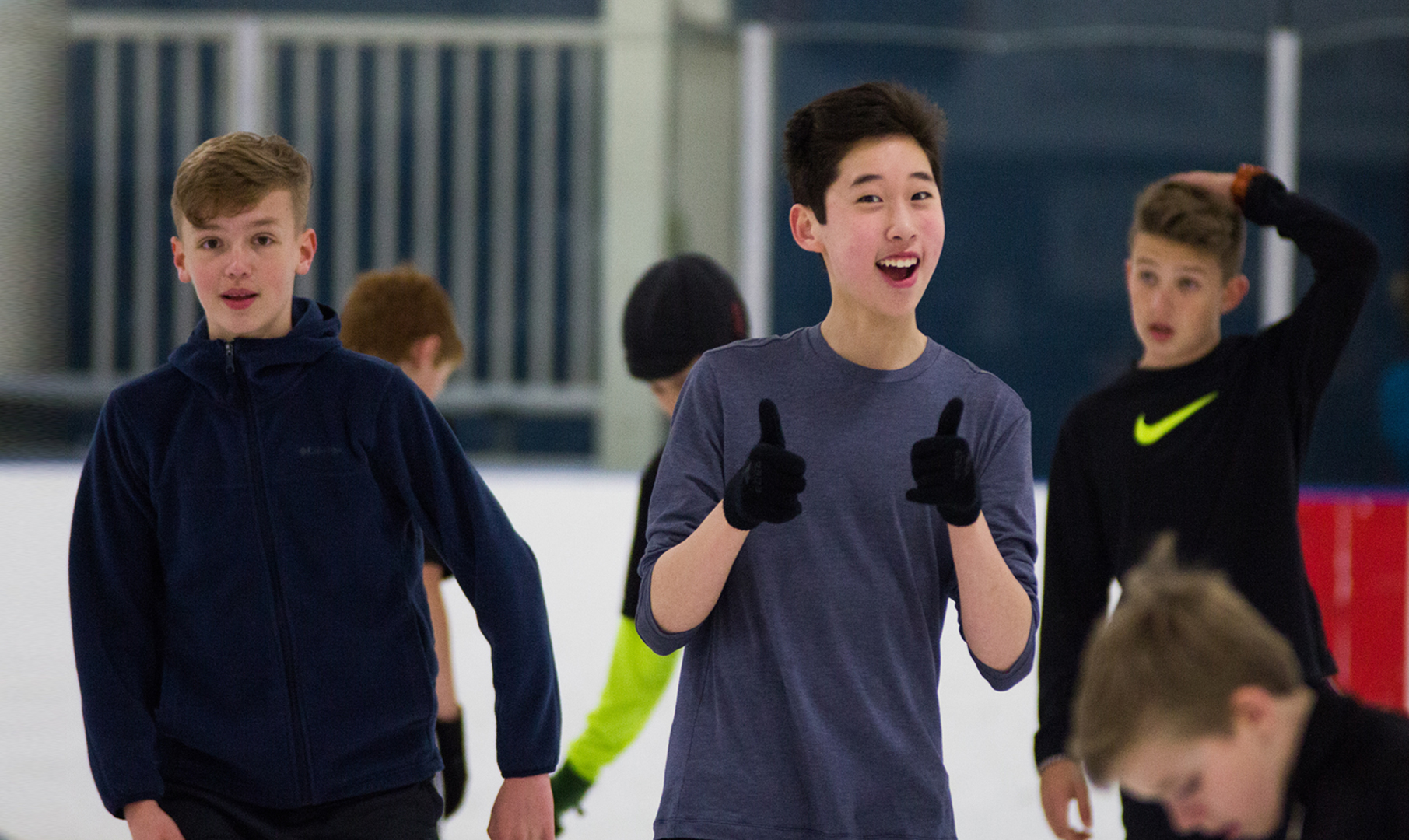
Icemen
Founded in 2012 and comprised of male-identifying figure skaters across the United States, the Icemen program’s mission is to engage more male-identifying athletes within the sport of figure skating and attract new participants to the ice. Participants receive peer support and networking opportunities, allowing them to learn and grow in the sport together.

Showcase
Showcase brings together creativity, inspiration, drama and figure skating to form a unique series where skaters can demonstrate their skills in the categories of light entertainment, dramatic entertainment and interpretive. Top skaters in individual showcase events are invited to participate in the National Showcase.
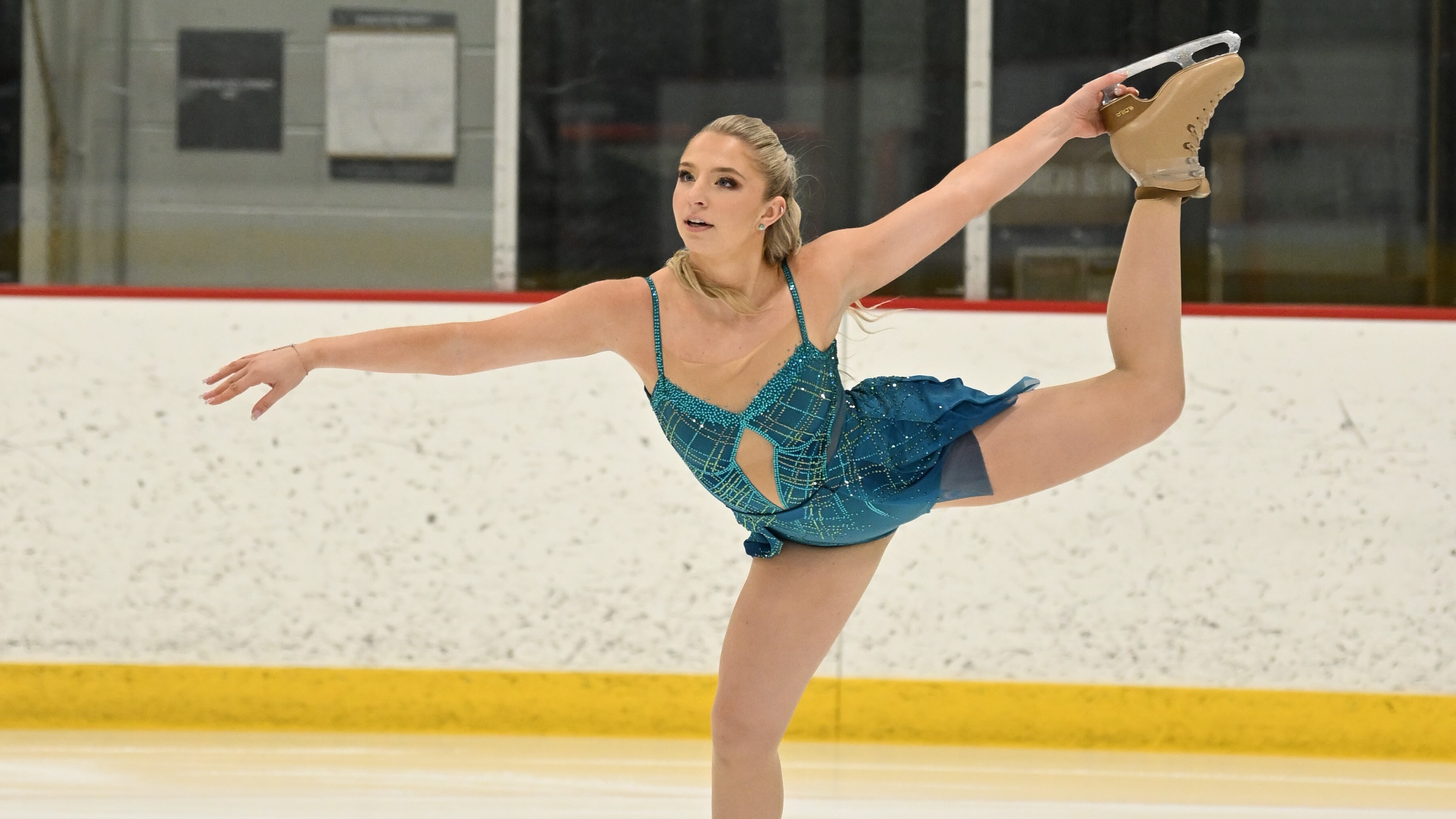
Solo Dance
Open to skaters of all ages and levels, solo dance is an opportunity for athletes to participate in ice dance without a partner. Solo dance events are available at many nonqualifying competitions, and the Solo Dance Series, launched in January 2011, allows ice dancers to expand their competitive opportunities and encourages those new to the discipline to give it a try.
Learn more about Solo Dance
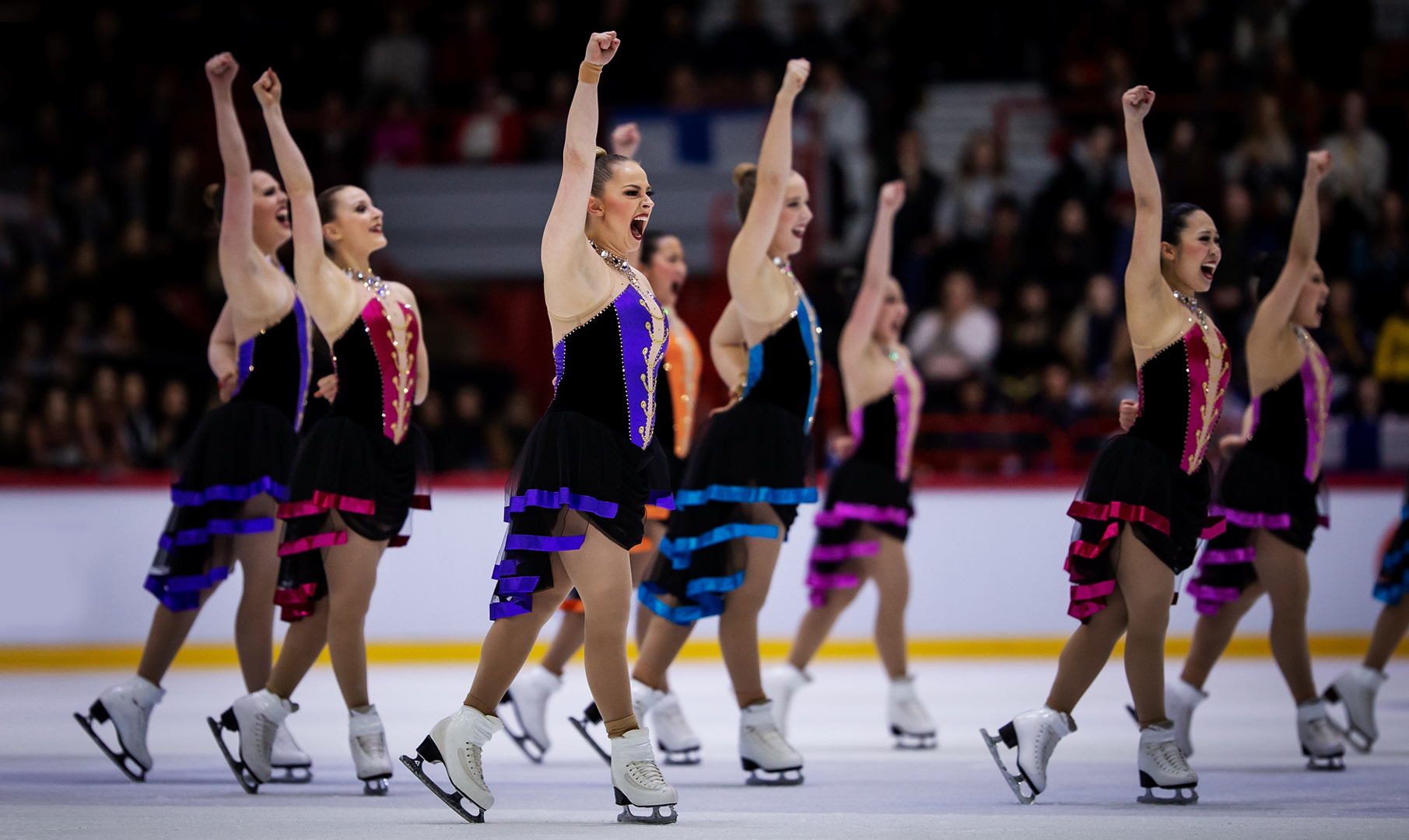
Synchronized Skating
In synchronized skating, teams comprised of eight to 20 skaters work together to perform a choreographed routine in unison. Originally known as “precision skating” due to the high level of coordination needed to successfully manage such a large number of people on the ice at one time, synchronized skating is a true team sport that brings individual skaters together into a single, cohesive unit.
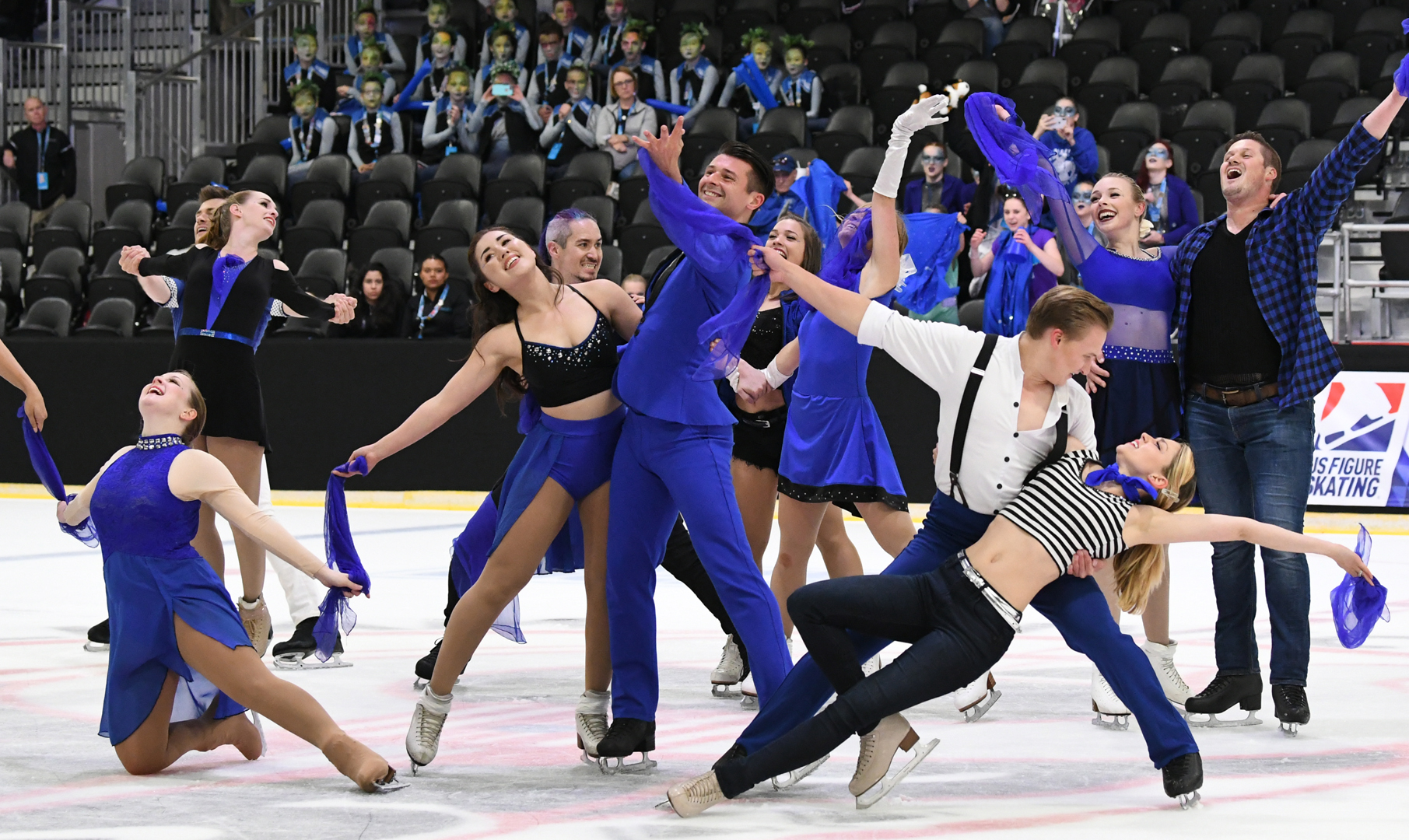
Theatre On Ice
Theatre On Ice (TOI) is a form of competitive figure skating that is popular in Europe, where it is known as Ballet on Ice. It combines the grace of figure skating with the excitement of theater and dance. Teams consist of eight to 28 skaters and are evaluated on technical merit and presentation with emphasis on originality, costuming, artistry and musicality.
